In the rapidly evolving world of wellness technology, it’s easy to get lost in the buzzwords. Two of the most powerful and discussed modalities today are Red Light Therapy (RLT) and Pulsed Electromagnetic Field (PEMF) therapy. You may have even seen them bundled together.
This raises an important question for any business owner investing in wellness equipment: What is the difference, and are both necessary for a successful session?
To answer this, we need to look at the distinct science behind how each one works.
How Red Light Therapy Works: The Power of Light
Red Light Therapy, also known as photobiomodulation (PBM), is a light-based technology. It works by delivering specific, therapeutic wavelengths of red and near-infrared light directly to the body.
The true magic happens at the cellular level. Our cells contain mitochondria, which are often called the "powerhouses" of the cell. The primary mechanism of RLT is the absorption of light photons by a specific photoacceptor within these mitochondria called cytochrome c oxidase.
This absorption process accomplishes a few key things:
-
It helps increase the production of ATP (Adenosine Triphosphate), which provides more energy for the cell.
-
It modulates reactive oxygen species (ROS) and causes the activation of transcription factors, which can support the body's natural processes for managing inflammation and oxidative stress.
-
It supports the cellular proliferation and metabolic activity necessary for tissue maintenance and repair.
Think of it like this: RLT is a biological battery charger. It gives your cells the energy they need to perform their natural functions more efficiently.
How PEMF Works: The Power of Magnetic Fields
Pulsed Electromagnetic Field (PEMF) therapy is a completely different modality that does not use light. Instead, it uses pulsed magnetic fields which create a low-level electrical current within the body's tissues.
This process doesn't primarily target the mitochondria. Instead, its main focus is on the cell membrane. The goal of PEMF is to influence the exchange of ions across the cell membrane, which can help restore the cell's function and signaling pathways. It has been studied for its potential to influence tissue regeneration through these electromagnetic mechanisms.
A good analogy is that PEMF acts like a cellular tune-up or exercise. It helps stimulate cell signaling and can improve the function of the cell membrane.
Why PEMF Isn't Necessary for a Successful RLT Session
Both RLT and PEMF are fascinating technologies with unique mechanisms. However, their core functions are entirely separate.
Red Light Therapy is a powerful, scientifically-validated, standalone therapy. The process of photobiomodulation—where light photons activate the mitochondria to increase ATP and activate transcription factors—is not dependent on an electromagnetic field to work. The light does its job effectively on its own, as demonstrated by decades of research focused solely on light therapy.
At Body Balance System, our philosophy is to perfect a single, powerful modality rather than dilute its effectiveness. We focus on the factors that are scientifically proven to be most critical for a successful RLT session:
-
Wavelength Accuracy: Delivering the most therapeutic red and near-infrared wavelengths.
-
Power Irradiance: Ensuring a sufficient dose of light energy is delivered to the body.
-
Optimal Proximity: Designing our beds to get the light source as close as possible to the skin for maximum absorption.
By concentrating on these core principles, we ensure our systems deliver the full, uncompromised power of photobiomodulation. While other modalities like PEMF have their place, they are not a required component for a complete and effective red light therapy session.
References
1. Vadalà, M., Morales-Medina, J. C., Valle-Algodial, L. P., Iannitti, T., & Palmieri, B. (2021). Mechanisms and therapeutic applications of pulsed electromagnetic fields (PEMFs) in cancer. Cancer medicine, 10(15), 5228–5243. https://pmc.ncbi.nlm.nih.gov/articles/PMC8355782/
2. Chung, H., Dai, T., Sharma, S. K., Huang, Y. Y., Carroll, J. D., & Hamblin, M. R. (2012). The nuts and bolts of low-level laser (light) therapy. Annals of biomedical engineering, 40(2), 516–533. https://pmc.ncbi.nlm.nih.gov/articles/PMC2933784/


